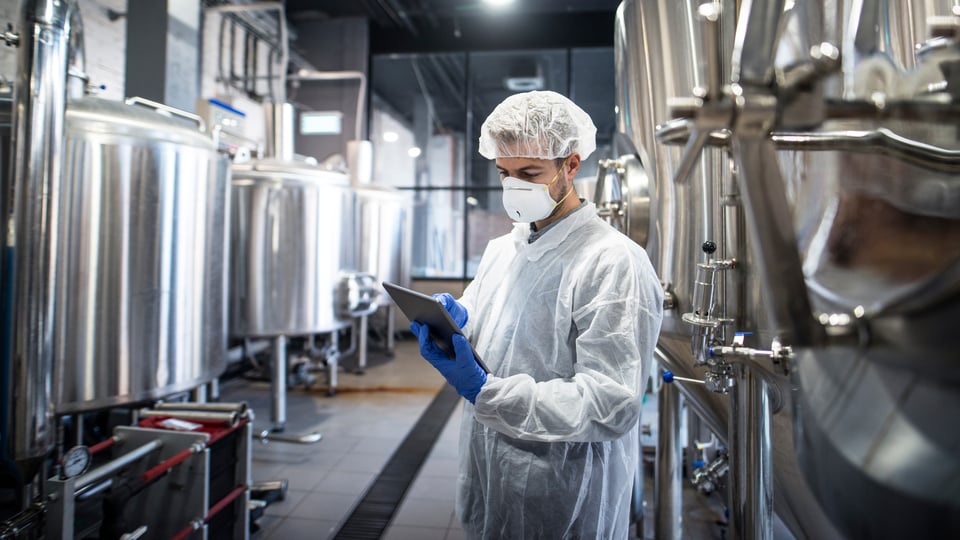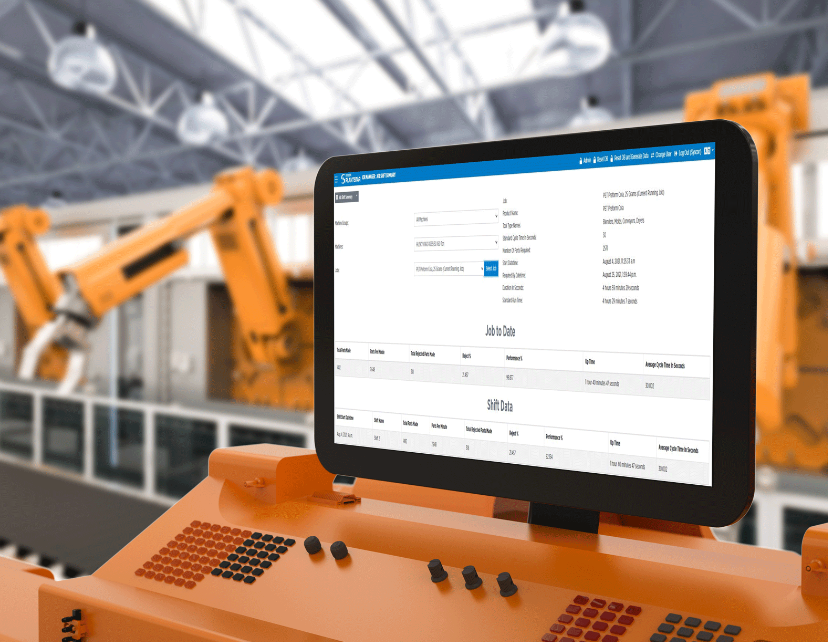 Pharmaceuticals is a large, complex, and growing industry. After experiencing a 5.6% compound annual growth rate between 2016 and 2020, global pharmaceutical revenue reached $1,112.6 billion. To protect public safety, government and industry agencies put checks in place to ensure suppliers implement the proper controls. To meet the requirements of such validations, suppliers need to understand the steps involved in these processes.
Pharmaceuticals is a large, complex, and growing industry. After experiencing a 5.6% compound annual growth rate between 2016 and 2020, global pharmaceutical revenue reached $1,112.6 billion. To protect public safety, government and industry agencies put checks in place to ensure suppliers implement the proper controls. To meet the requirements of such validations, suppliers need to understand the steps involved in these processes.
Validation Is About Safety
Pharmaceuticals are designed to help individuals battle various afflictions. Due to the industry’s sensitive nature, government agencies like the US Food and Drug Administration (FDA) have put a wide and growing range of regulations into place to protect consumers. Consequently, validation is central to the pharmaceutical manufacturing process. It helps ensure drugs are produced in a consistently manner that adheres to the highest quality standards.
Validation establishes evidence that a supplier’s manufacturing methods are designed and conducted in a safe manner. Through the years, process controls have evolved and expanded. At first, they concentrated on product creation and then extended to areas like environmental management, aseptic procedures, equipment sanitization, and pure water production.
Elements of Validation
Given the complex nature of creating a drug, the first step for pharmaceutical manufacturers is to examine how they operate, determine what steps must be taken to ensure safe production, and create a validation master plan (VMP). The plan should touch upon a number of different areas, including processes, equipment, facilities, HVAC systems, cleaning validation, and computer systems.
Process validation is a key component of the VMP that focuses on consistency in the steps taken when manufacturing drugs. According to the FDA, process validation must pay careful attention to various vital factors, including choice of quality materials, good product and method design, and in-process and end-product testing.
Process Validation for Pharmaceutical Manufacturers
Process validation has four stages: prospective, concurrent, retrospective, and revalidation.
Prospective Validation
Also called premarket validation, prospective validation is carried out during the development stage. This check is designed to identify any risks during product manufacturing. It analyzes critical points of various product manufacturing stages, such as mixing time and assembly. Various events can trigger the need for prospective validation. An obvious example is the introduction of a new product into a pharmaceutical manufacturing facility. Significant changes in a manufacturing process, such as a change in raw materials supplier, should also be validated.
Concurrent Validation
Concurrent validation is carried out once a regular production flow is established. It examines samples of production runs and can be done in an end-to-end manner or for select stages of pharmaceutical manufacturing. Here, a supplier examines factors like pH value, tablet hardness, weight variation, dissolution time, content uniformity, color consistency, particle size, distribution average, unit potency, and viscosity or density.
Retrospective Validation
Retrospective validation focuses on making sure plant processes are running as intended. This testing is based on historical tests and product data collected from previous manufacturing runs. This validation includes trends analysis and assesses whether manufacturing results lie within a range of permissible parameters.
Some typical steps include:
- Collecting data from previously completed batches
- Organizing data by batch and expiry date
- Selection of a small number of batches generated at different times, preferably processed no longer than 12 months prior, to review together
- Rejection of batches that fail routine quality control reviews
Revalidation is needed to ensure that any modifications of process environments—whether introduced intentionally or unintentionally—do not adversely affect process characteristics or quality. In addition to periodic checking of validation results, revalidation is needed following:
- Any change that may impact product quality
- Changes in batch size
- Failure of sequential batches to meet specifications
Software Simplifies Validation
Validation is a complicated undertaking and requires suppliers to collect a lot of information to document their processes. A manufacturing execution system (MES) like Syscon’s PlantStar can collect manufacturing performance information in real-time, store it in a central location, and deliver it to various reporting tools. This visibility gives manufacturers the insight they need to address emerging problems quickly and effectively. To learn more, browse our blog.


 Pharmaceuticals is a large, complex, and growing industry. After experiencing a 5.6% compound annual growth rate between 2016 and 2020,
Pharmaceuticals is a large, complex, and growing industry. After experiencing a 5.6% compound annual growth rate between 2016 and 2020, 
